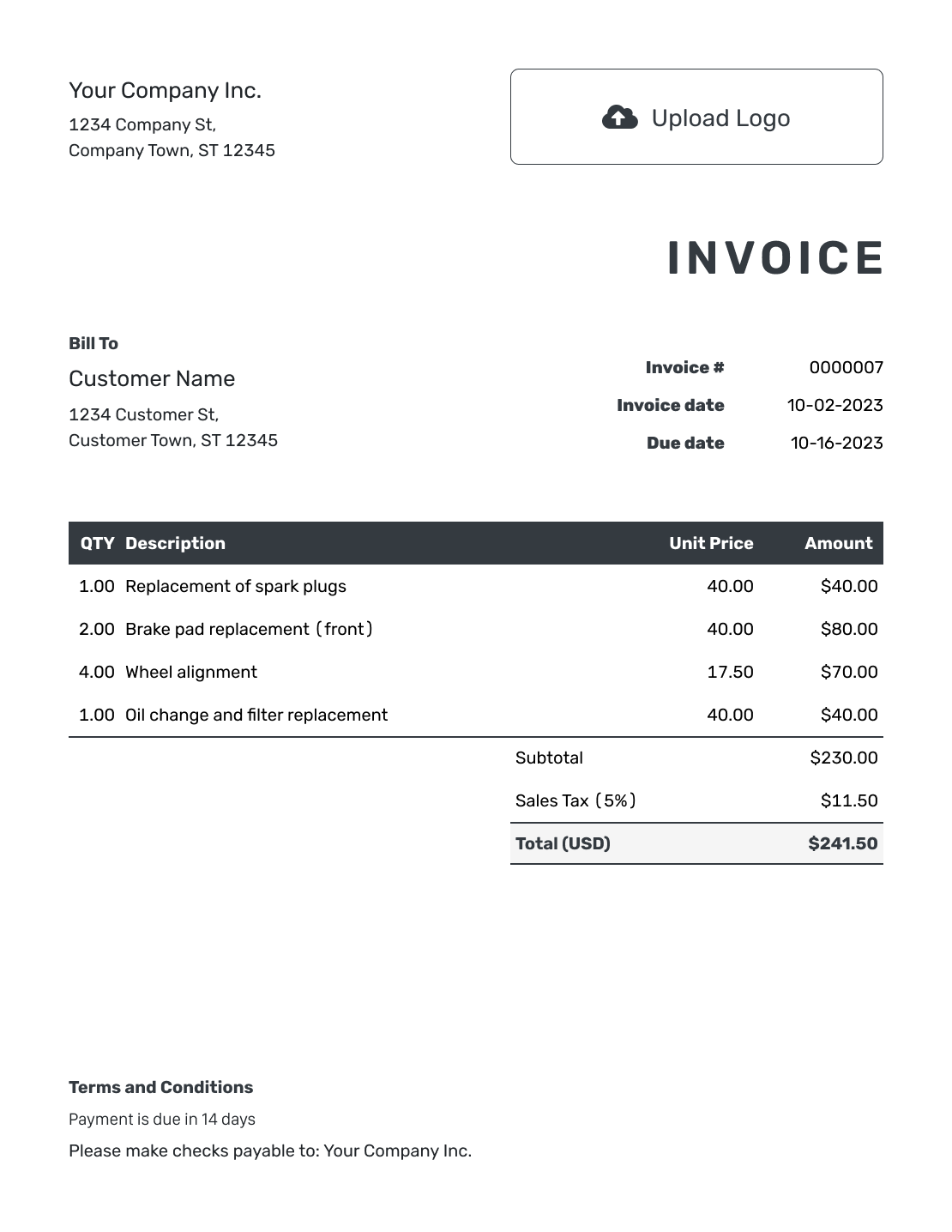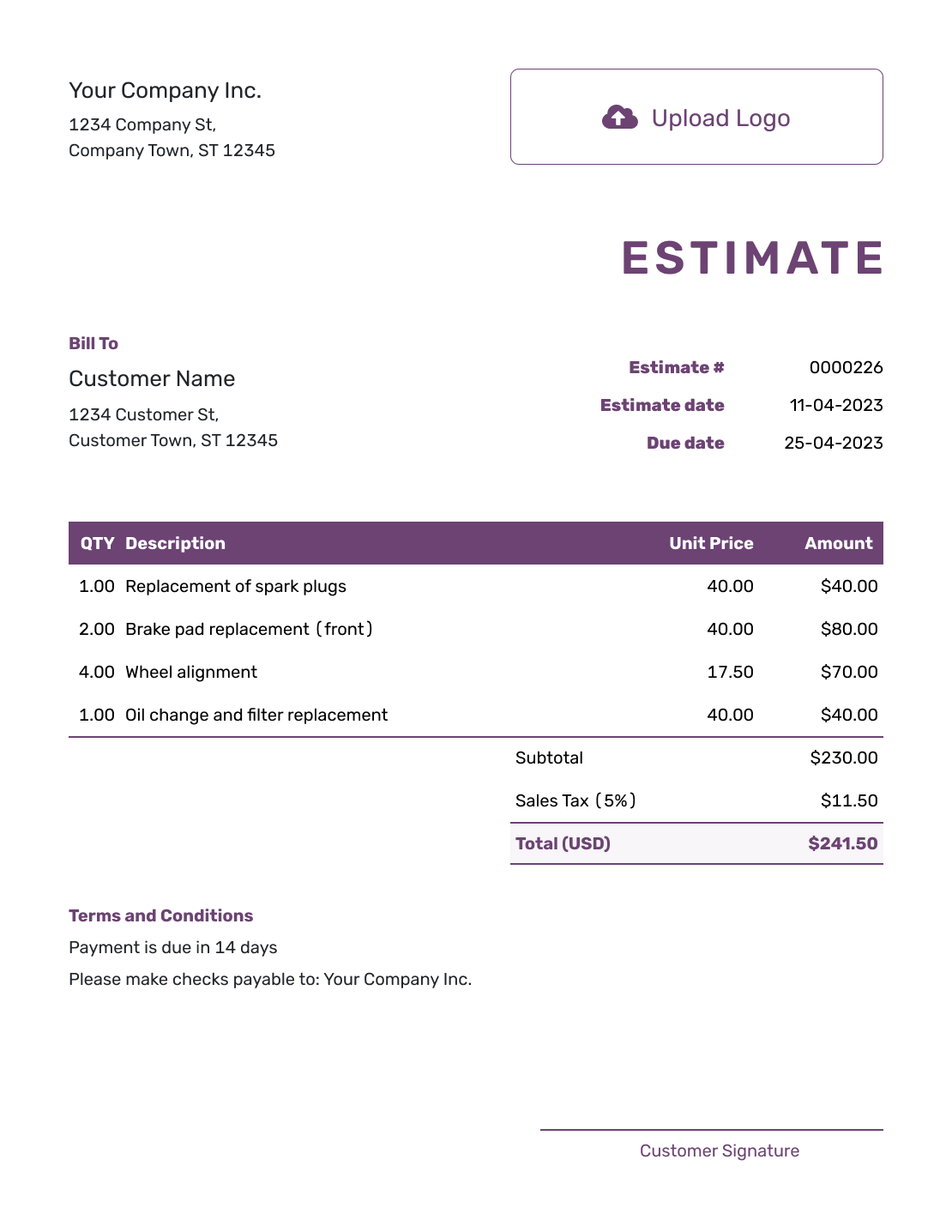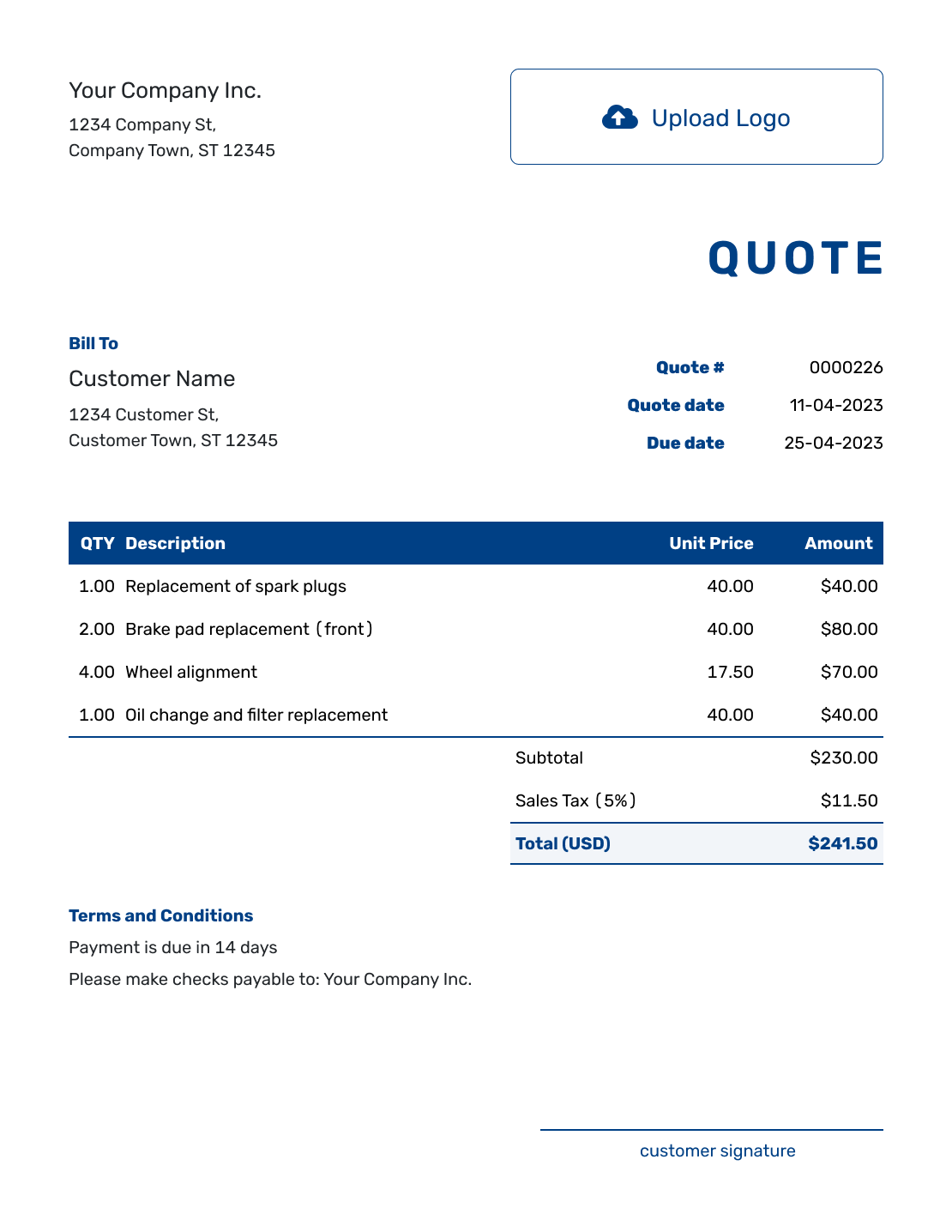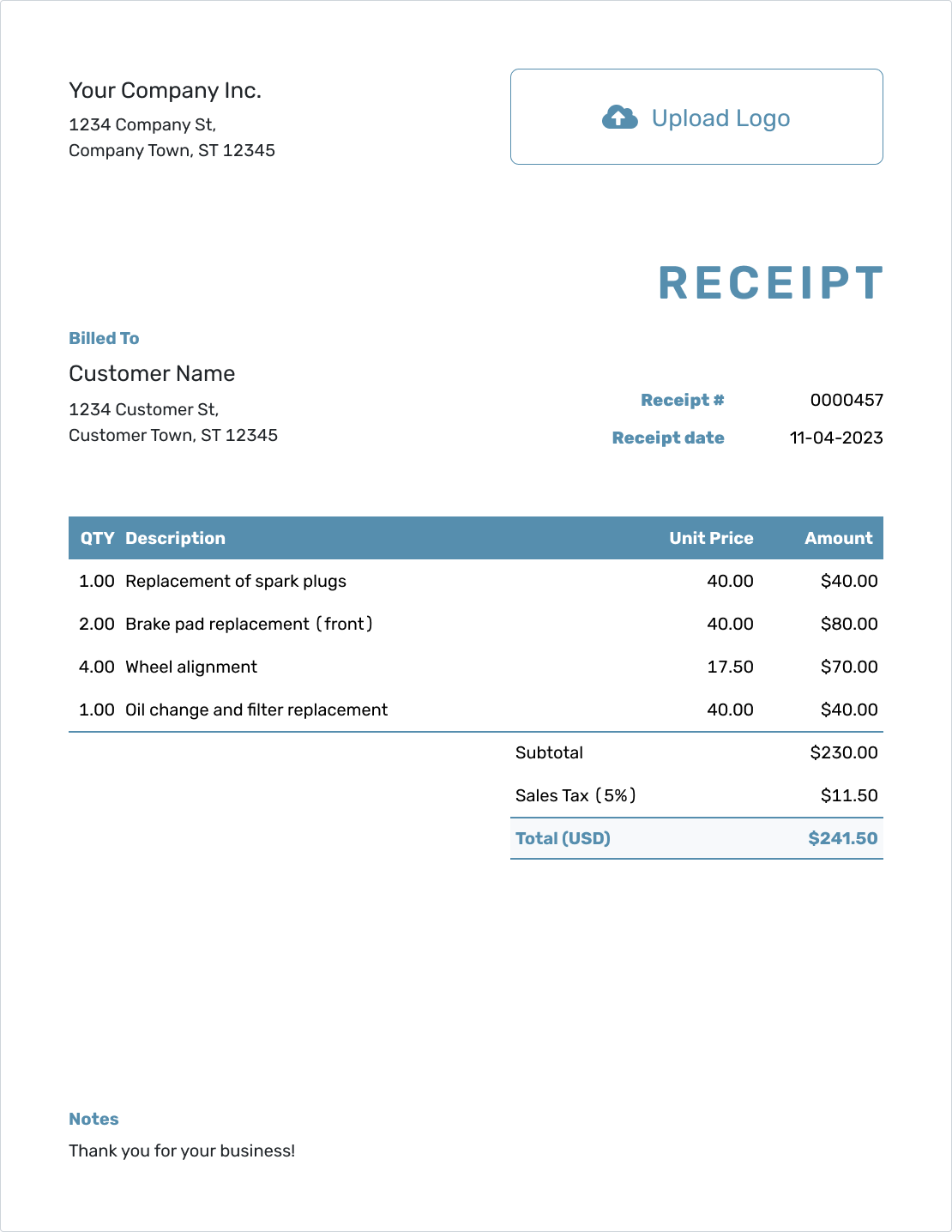Understanding
Accounts Receivable Turnover
Est. reading time: 6 min

Managing your cash flow is essential for any small business, and understanding Accounts Receivable Turnover (ART) is a big part of that. ART measures how quickly your business collects payments from customers, giving you insights into your financial health. In this guide, we’ll explain what ART is, why it matters, and how to calculate and improve it.
What Is Accounts Receivable Turnover?
Accounts Receivable Turnover (ART) is a financial metric that measures how efficiently your business collects payments from customers. It indicates how often you convert outstanding invoices into cash within a specific period.
A high ART suggests that customers pay quickly, boosting cash flow. On the other hand, a low ART might point to payment delays or issues with your credit policies.
Why Is It Important?
Monitoring your ART provides insights into your business's financial health and helps you identify areas for improvement. Here's why it matters:
- Cash Flow Insight: Ensure your business has enough funds to cover expenses and reinvest.
- Customer Reliability: Identify customers who consistently pay late.
- Operational Efficiency: Evaluate and refine your invoicing and collection practices.
How to Calculate It
The formula for calculating Accounts Receivable Turnover is:
| Accounts Receivable Turnover = | Net Credit Sales ÷ Average Accounts Receivable |
Here's how the terms break down:
- Net Credit Sales: Total sales made on credit (excluding cash sales).
- Average Accounts Receivable: The average of your beginning and ending accounts receivable balance for the period.
Example: If your business has $100,000 in net credit sales and an average accounts receivable balance of $20,000, the calculation looks like this:
| Accounts Receivable Turnover = | $100,000 ÷ $20,000 |
Result: Your ART is 5, meaning you collected your receivables five times during the period.
How to Improve Your Ratio
A low ART might mean inefficiencies in payment collection. Here are practical steps to improve it:
- Set Clear Payment Terms: Include deadlines and late payment penalties in your invoices.
- Follow Up on Overdue Payments: Use Docelf to identify overdue invoices and remind customers promptly.
- Offer Early Payment Incentives: Provide discounts to customers who pay ahead of schedule.
- Review Customer Creditworthiness: Avoid offering credit to customers with a history of late payments.
The Docelf Advantage
Docelf helps you stay on top of your accounts receivable with easy-to-use tools. With Docelf, you can:
- Track Overdue Invoices: See which invoices are overdue, so you can follow up promptly.
- Monitor Payment Status: Get a clear view of which payments are pending or completed.
- Create Professional Invoices: Use customizable templates to impress clients and encourage timely payments.
Take control of your cash flow today. Start your free trial with Docelf and experience the difference!




